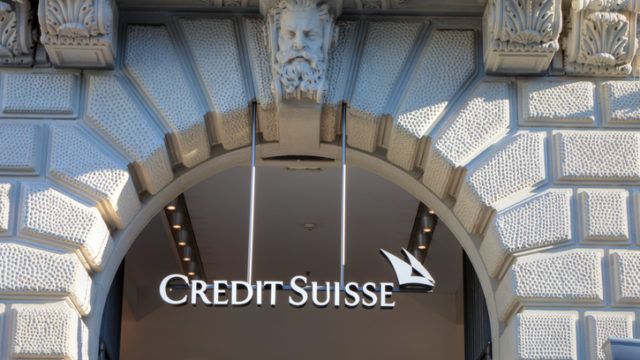Credit Suisse has launched the Credit Suisse Single Family Office Index, which tracks the performance of 179 single family offices (SFOs) in Asia, 97 in Europe and 36 in the Middle East.
The SFOs tracked by the index are further separated into three groups. Small SFOs are those with asset under management (AUM) of less than $100m, medium SFOs with AUM between $100m and $500m and large SFOs have an AUM over $500m.
Amid growing global wealth, Credit Suisse estimates that there are 10,000 family offices globally, including both single and multi-family offices.
Yet, the investment bank noted that there is currently no benchmark or point of reference tracking SFOs’ asset allocation or performance.
“Two of the most common questions from SFOs are what and how are other SFOs doing. We believe the Credit Suisse SFO Index will help SFOs around the world to gain insight into their peers’ asset allocations and performances by geography and size,” said Nannette Hechler-Fayd’herbe, Credit Suisse’s head of global economics and research.
The firm has launched the index to offer insights on the key issues facing family offices and factors that drive their investment decisions.
The index found that from 2020 to July this year, large SFOs have outperformed small- and medium-sized SFOs with cumulative asset growth of 15.8%, while medium- and small-sized SFOs have grown their assets in custody by 8.4% and 1.7% on a cumulative basis.
Yet, the trend has reversed since the beginning of this year, with large SFOs underperforming small and medium SFOs.
This is attributed to large SFOs holding more listed equities (62%) than small SFOs (45%).
The index also found that large SFOs tend to hold fewer alternative investments in bank custody as they often invest directly into alternatives.
As of the end of July, the SFOs tracked by the index invested on average 47% of their AUM into equities, 29% into bonds, 17% into alternatives and the remaining in multi-asset products.
Since the beginning of the year, SFOs have lost 7.6% on average of their beneficial owners’ assets in custody at banks.
The worst performing asset class was listed equities, with a negative return of 6.5% year to July, while commodities was the best performing asset class with a 0.7% return year to July.















